|
Your search criteria found 270 images Spacecraft |
| My List |
Addition Date | Target | Mission |
Instrument
|
Size |

|
1996-01-29 | U Rings |
Voyager |
399x500x3 | |

|
|||||

|
1996-01-29 | Oberon |
Voyager |
500x500x3 | |
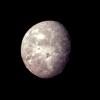
|
|||||

|
1996-01-29 | U Rings |
Voyager |
998x1499x1 | |

|
|||||

|
1996-01-29 | Miranda |
Voyager |
764x785x1 | |

|
|||||

|
1996-08-01 | Miranda |
Voyager |
2500x2200x1 | |
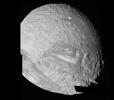
|
|||||

|
1996-01-29 | Neptune |
Voyager |
430x465x1 | |

|
|||||

|
1996-01-29 | Nereid |
Voyager |
200x200x1 | |
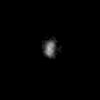
|
|||||

|
1996-01-29 | Neptune |
Voyager |
330x330x1 | |
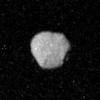
|
|||||

|
1996-01-29 | Neptune |
Voyager |
780x780x3 | |
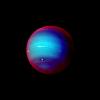
|
|||||

|
1996-01-29 | Neptune |
Voyager |
682x596x3 | |
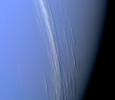
|
|||||

|
1996-01-29 | Triton |
Voyager |
1000x1000x1 | |
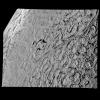
|
|||||

|
1996-01-29 | Neptune |
Voyager |
600x800x1 | |

|
|||||

|
1996-09-26 | Jupiter |
Voyager |
1471x1238x3 | |
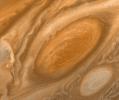
|
|||||

|
1998-06-04 | Triton |
Voyager |
4500x3500x3 | |
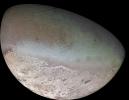
|
|||||

|
1998-06-04 | Triton |
Voyager |
1910x1268x3 | |
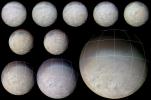
|
|||||

|
1998-06-04 | Triton |
Voyager |
3000x3000x3 | |
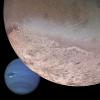
|
|||||

|
1998-06-04 | Jupiter |
Voyager |
840x840x3 | |
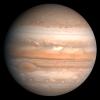
|
|||||

|
1998-06-04 | Triton |
Voyager |
1300x1280x3 | |
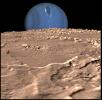
|
|||||

|
1998-06-04 | Uranus |
Voyager |
540x800x3 | |

|
|||||

|
1998-06-04 | Saturn |
Voyager |
860x1230x3 | |

|
|||||

|
1998-06-08 | Saturn |
Voyager |
860x1230x3 | |

|
|||||

|
1998-10-30 | U Rings |
Voyager |
1760x2450x1 | |

|
|||||

|
1998-11-02 | Uranus |
Voyager |
2118x2618x3 | |

|
|||||

|
1998-10-30 | Uranus |
Voyager |
954x962x3 | |
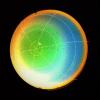
|
|||||

|
1998-10-30 | Miranda |
Voyager |
1581x1600x1 | |

|
|||||

|
1998-10-30 | Neptune |
Voyager |
2073x2678x3 | |

|
|||||

|
1998-10-30 | Neptune |
Voyager |
2188x2185x3 | |
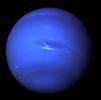
|
|||||

|
1998-10-30 | Neptune |
Voyager |
1469x1160x1 | |
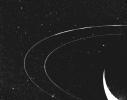
|
|||||

|
1999-06-22 | Jupiter |
Voyager |
1362x1228x3 | |
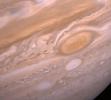
|
|||||

|
1999-05-08 | J Rings |
Voyager |
1586x1239x3 | |
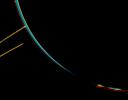
|
|||||

|
1999-05-08 | S Rings |
Voyager |
2090x2328x3 | |

|
|||||

|
1999-05-08 | Titan |
Voyager |
1296x960x3 | |
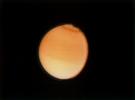
|
|||||

|
1999-05-08 | Ariel |
Voyager |
1330x1508x1 | |

|
|||||

|
1999-05-08 | Uranus |
Voyager |
923x963x3 | |

|
|||||

|
1999-05-08 | Triton |
Voyager |
1934x2292x3 | |

|
|||||

|
1999-05-08 | Triton |
Voyager |
1894x1854x1 | |
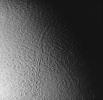
|
|||||

|
1999-05-08 | Triton |
Voyager |
1885x1903x1 | |

|
|||||

|
1999-05-08 | Neptune |
Voyager |
1479x1159x3 | |
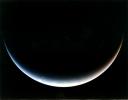
|
|||||

|
1999-08-23 | Neptune |
Voyager |
800x600x3 | |
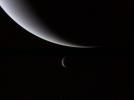
|
|||||

|
1999-08-25 | Triton |
Voyager |
3400x2500x1 | |
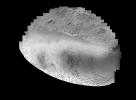
|
|||||

|
1999-08-24 | Miranda |
Voyager |
595x595x1 | |
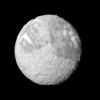
|
|||||

|
1999-08-24 | Miranda |
Voyager |
1020x1020x1 | |
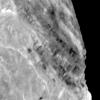
|
|||||

|
2002-02-16 | Europa |
Galileo Voyager |
8812x4381x3 | |
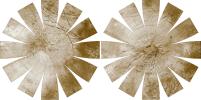
|
|||||

|
2003-05-09 |
Voyager Interstellar Mission |
3017x2494x3 | ||
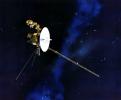
|
|||||

|
2011-03-08 |
Voyager |
1280x720x3 | ||
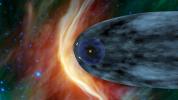
|
|||||

|
2011-04-28 |
Voyager |
1280x720x3 | ||
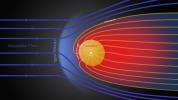
|
|||||

|
2011-04-28 |
Voyager |
793x704x3 | ||
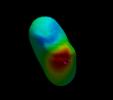
|
|||||

|
2011-04-29 |
Voyager |
2160x1152x3 | ||
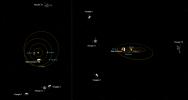
|
|||||

|
2011-04-29 |
Voyager |
1600x1200x3 | ||
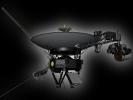
|
|||||

|
2011-04-29 |
Voyager |
981x552x3 | ||
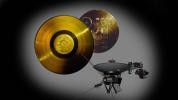
|
|||||

|
2013-06-27 | Sol (our sun) |
Voyager |
1385x1103x3 | |
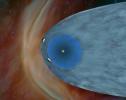
|
|||||

|
2013-07-03 |
Voyager |
1024x1280x3 | ||

|
|||||

|
2013-07-03 |
Voyager |
800x600x3 | ||
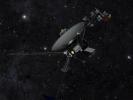
|
|||||

|
2013-09-12 | Sol (our sun) |
Voyager |
1280x720x3 | |
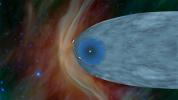
|
|||||

|
2013-09-12 | Sol (our sun) |
Voyager |
1280x720x3 | |
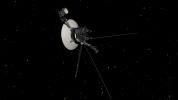
|
|||||

|
2013-09-12 | Sol (our sun) |
Voyager |
1280x720x3 | |
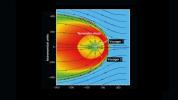
|
|||||

|
2014-02-12 | Ganymede |
Galileo Voyager |
1800x956x3 | |
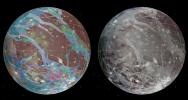
|
|||||

|
2014-02-12 | Ganymede |
Galileo Voyager |
797x754x3 | |
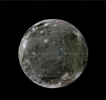
|
|||||

|
1989-10-02 | Triton |
Voyager |
932x1884x1 | |
|
|
|||||

|
1989-10-27 | Triton |
Voyager |
900x1558x1 | |

|
|||||

|
2017-07-05 |
Voyager |
649x699x3 | ||

|
|||||

|
2017-07-05 |
Voyager |
616x607x3 | ||
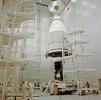
|
|||||

|
2017-07-05 |
Voyager |
3029x2410x3 | ||
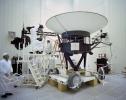
|
|||||

|
2017-07-05 |
Voyager |
1760x2227x1 | ||

|
|||||

|
2017-07-05 |
Voyager |
1760x2227x1 | ||

|
|||||

|
2017-07-05 |
Voyager |
1821x2316x3 | ||

|
|||||

|
2017-07-05 |
Voyager |
1760x2227x1 | ||

|
|||||

|
2018-10-03 |
Voyager Interstellar Mission |
1280x720x3 | ||
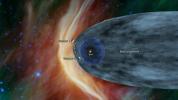
|
|||||

|
2018-12-10 |
Voyager Interstellar Mission |
1920x1080x3 | ||
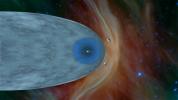
|
|||||

|
2018-12-10 |
Voyager Interstellar Mission |
1920x1080x3 | ||
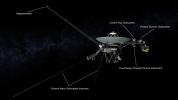
|
|||||

|
2018-12-10 |
Voyager Interstellar Mission |
3840x2160x3 | ||
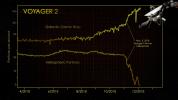
|
|||||

|
2018-12-10 |
Voyager Interstellar Mission |
1920x1080x3 | ||
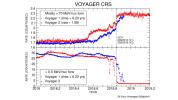
|
|||||

|
2018-12-10 |
Voyager Interstellar Mission |
1920x1080x3 | ||
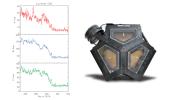
|
|||||

|
2018-12-10 |
Voyager Interstellar Mission |
1484x1920x3 | ||

|
|||||

|
2018-12-10 |
Voyager Interstellar Mission |
1920x1080x3 | ||
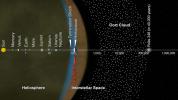
|
|||||

|
2021-11-30 | Europa |
Galileo Voyager |
1100x600x3 | |
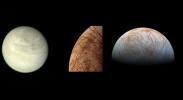
|
|||||

|
2023-04-26 |
Voyager |
7074x8974x3 | ||

|
|||||

|
2023-05-04 | Uranus |
Voyager |
1215x588x3 | |
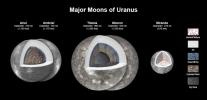
|
|||||

|
1996-08-09 | Europa |
Voyager |
Near Infrared Camera |
1500x2000x3 |

|
|||||

|
1996-01-29 | Saturn |
Voyager |
VG Imaging Science Subsystem |
1000x1000x3 |

|
|||||

|
1998-06-04 | Europa |
Voyager |
VG Imaging Science Subsystem |
3138x3138x3 |
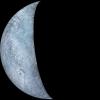
|
|||||

|
1998-10-30 | Earth |
Voyager |
VG Imaging Science Subsystem |
2012x2994x3 |

|
|||||

|
1998-10-30 | S Rings |
Voyager |
VG Imaging Science Subsystem |
1098x857x3 |
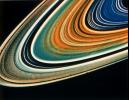
|
|||||

|
1996-08-01 | Uranus |
Voyager |
VG ISS - Narrow Angle |
2000x1000x3 |
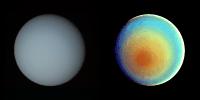
|
|||||

|
1996-01-29 | Titania |
Voyager |
VG ISS - Narrow Angle |
700x700x3 |
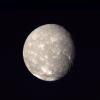
|
|||||

|
2000-06-02 | Ariel |
Voyager |
VG ISS - Narrow Angle |
800x800x1 |
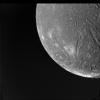
|
|||||

|
1996-01-29 | Titania |
Voyager |
VG ISS - Narrow Angle |
640x760x1 |

|
|||||

|
1996-01-31 | Umbriel |
Voyager |
VG ISS - Narrow Angle |
400x400x1 |
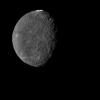
|
|||||

|
1996-01-29 | Ariel |
Voyager |
VG ISS - Narrow Angle |
845x650x3 |
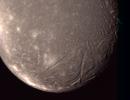
|
|||||

|
1999-08-30 | Miranda |
Voyager |
VG ISS - Narrow Angle |
459x600x3 |

|
|||||

|
1996-01-29 | Miranda |
Voyager |
VG ISS - Narrow Angle |
1016x1002x1 |
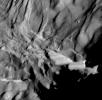
|
|||||

|
1996-01-29 | Neptune |
Voyager |
VG ISS - Narrow Angle |
400x970x1 |
|
|
|||||

|
1996-01-29 | Neptune |
Voyager |
VG ISS - Narrow Angle |
1000x1000x3 |
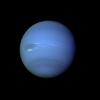
|
|||||

|
1996-01-29 | Neptune |
Voyager |
VG ISS - Narrow Angle |
1200x1297x3 |

|
|||||

|
1998-01-08 | Neptune |
Voyager |
VG ISS - Narrow Angle |
1000x1000x3 |
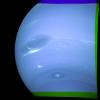
|
|||||

|
1996-01-29 | Neptune |
Voyager |
VG ISS - Narrow Angle |
884x698x3 |
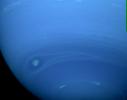
|
|||||

|
1999-08-30 | Neptune |
Voyager |
VG ISS - Narrow Angle |
700x852x3 |

|
|||||

|
1996-09-26 | Triton |
Voyager |
VG ISS - Narrow Angle |
326x471x1 |

|
|||||

|
1996-09-26 | Triton |
Voyager |
VG ISS - Narrow Angle |
800x795x1 |
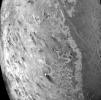
|
|||||

|
1996-09-26 | Triton |
Voyager |
VG ISS - Narrow Angle |
923x264x3 |

|
|||||
 |
 |
 |

|
|
| 1-100 | 101-200 | 201-300 |
| Currently displaying images: 1 - 100 of 270 |